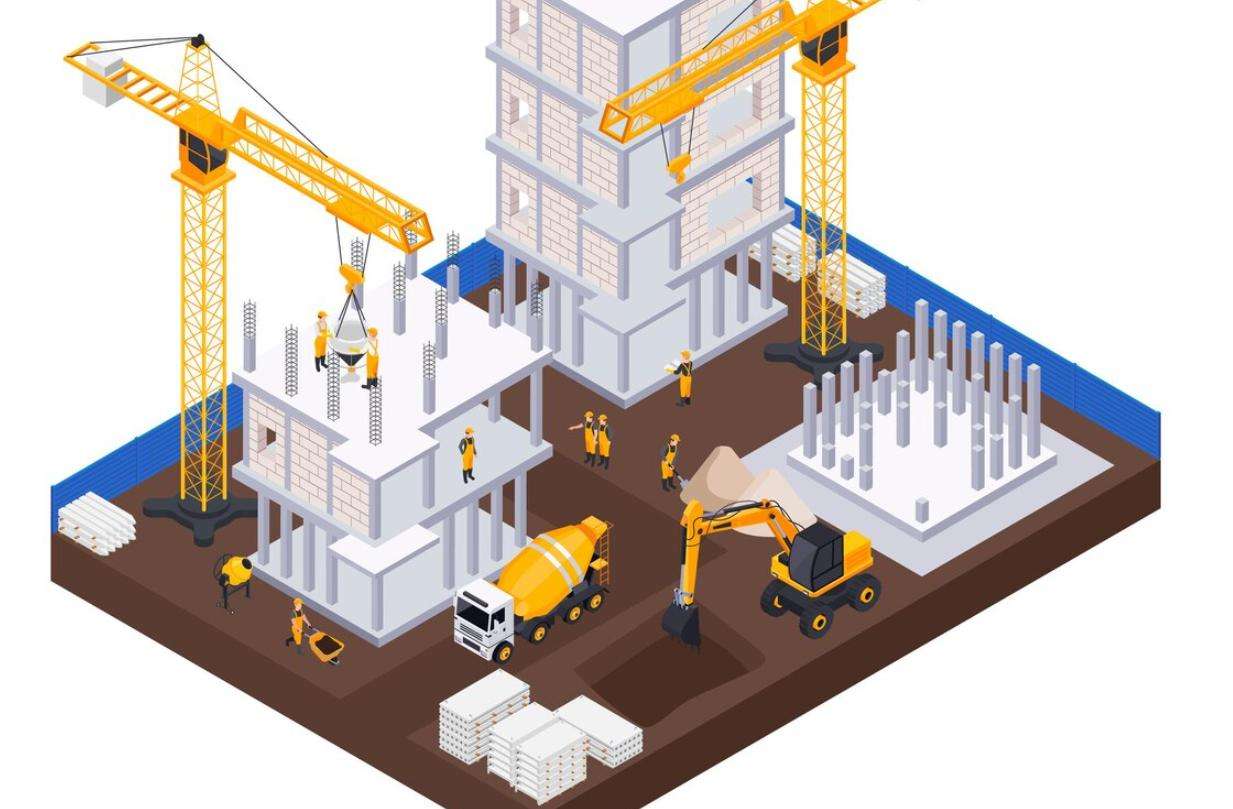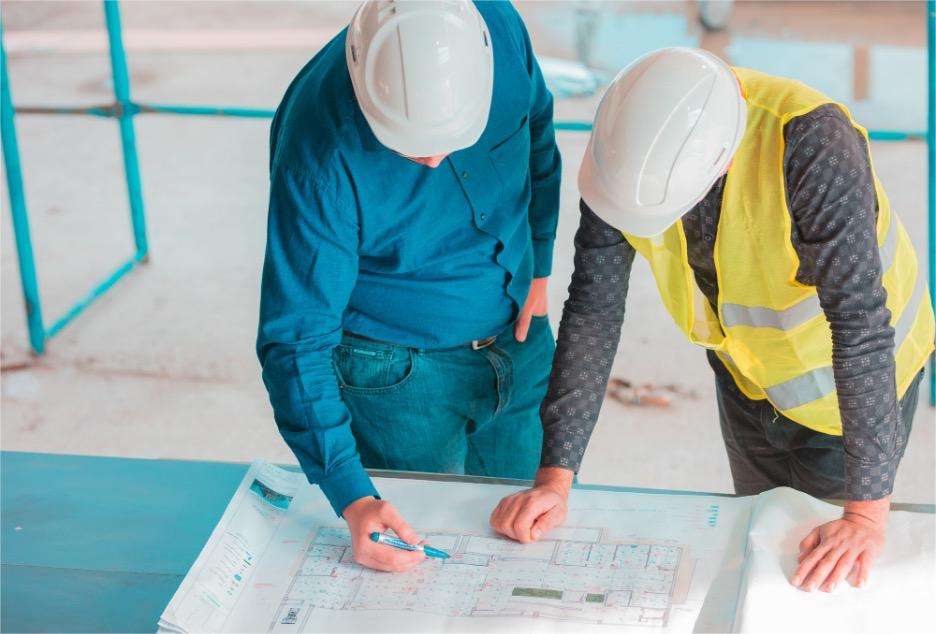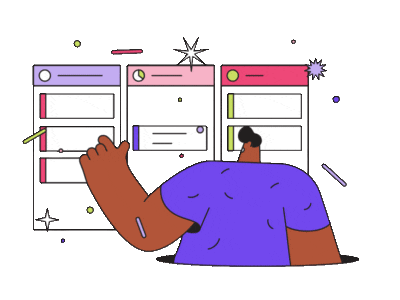
Construction procurement involves acquiring goods, services, or works necessary for construction projects. It's like shopping for everything needed to build a house or a building. This article is a guide for beginners to understand construction procurement better.
You'll learn what it means in construction management, why it's important, and its benefits. It will also explore different procurement methods used in construction projects. Lastly, the steps involved in the construction procurement process will be discussed. This article aims to simplify the concept for those new to construction management. Read along to learn more.
In this article
Part 1. What Is Procurement in Construction Management?
Procurement in construction management involves getting all the necessary materials, services, and resources for building projects. It's like buying bricks and cement or hiring workers to construct a building or infrastructure.
This process is commonly used in various construction projects. Some of these are building residential houses. It can also be used for constructing commercial buildings like offices or malls. Of course, procurement is also present in developing infrastructure such as roads, bridges, or airports.
These examples showcase how procurement is essential in every construction endeavor, ensuring the right resources are available to complete the project successfully. The next part will delve into effective procurement's benefits to construction management.
Part 2. Benefits of Construction Procurement
Effective construction procurement offers numerous advantages that contribute to the success of a project. Here are some key benefits:
- Cost efficiency. Procurement helps obtain materials and services at competitive prices, saving money for the construction project.
- Quality assurance. Through procurement, project managers can ensure that high-quality materials and services are acquired, enhancing the overall quality of the construction work.
- Timely project completion. Proper procurement ensures the availability of resources when needed, preventing delays and aiding in completing the project on time.

- Risk mitigation. It helps identify and manage potential risks associated with the supply chain, reducing the chances of unexpected issues during construction.
- Supplier relationship improvement. Engaging in procurement activities allows for better collaboration and communication with suppliers, fostering good relationships for future projects. This also gives suppliers the confidence in your firm that you are following procurement rules.
- Legal and regulatory compliance. Procurement ensures adherence to legal and regulatory requirements concerning acquiring materials and services for construction projects.
Efficient construction procurement not only streamlines the process but also elevates the overall success of construction management by addressing key factors such as cost, quality, and timely completion. For your next step into construction procurement, learn about the methods in the next section.
Part 3. Types of Construction Procurement
In construction, various procurement methods dictate how project resources are obtained and managed. These methods vary based on project requirements, timelines, and complexity. Some common types of construction procurement include:
- Traditional Procurement: The traditional method, or design-bid-build, has three sequential phases. Initially, a team appointed by the client prepares the design and tender documents for the construction project. Then, a general contractor is hired through a bidding process. While much of the construction work may be subcontracted, the ultimate responsibility for project success lies with the general contractor.
- Design-Build: A single contractor handles design and construction responsibilities under this method. During the design phase, the contractor employs in-house designers or consultants. The construction phase typically involves subcontracting to specialists or experts chosen by the contractor.
- Management Contracting. In this approach, the client appoints designers and a separate management contractor during the planning phase. The management contractor collaborates with the design team on project aspects like design, cost, and necessary services/products. However, the construction work is typically executed by subcontractors and specialists led by the management contractor.
- Design-Build-Finance. In the Design-Build-Finance procurement approach, the client awards a single contract covering the project's design, construction, and financing. The appointed design-builder takes charge of most of the design, all construction tasks, short-term project financing, and necessary services for a fixed fee.

Each method has unique approaches and benefits, catering to different project requirements and goals. Understanding these approaches helps choose the most suitable method for a particular construction project. In the next part, explore the steps involved in the construction procurement process.
Part 4. Steps in Construction Procurement
The construction procurement process involves several steps that help get the right resources at the right time for a building project.
Step 1: Planning Phase
This is where most decisions are made, like understanding the client's needs, checking project requirements, and estimating costs. Responsibilities include figuring out when and where goods/services are needed, deciding on necessary tools and equipment, creating a construction management plan, and choosing the best contracting strategies by sending out procurement requests.
Step 2: Acquisition Phase
In this stage, contracts are chosen and signed to ensure the project's needs are secured. Responsibilities include assessing arrangements, finalizing services/products, and evaluating bids and offers.
Step 3: Contract Management Phase
Here, the project manager ensures that the construction contracts are followed and handles any changes or issues. Responsibilities involve knowing contract details (like product quantity and deadlines), verifying and managing documentation, and dealing with any problems during the project.

These steps ensure the construction project runs smoothly, from planning to getting the resources and managing contracts effectively. Understanding these phases helps in managing construction procurement efficiently.
Part 5. Tips for Construction Procurement
It's been established that effective construction procurement can significantly impact the success of a project. So, lastly, here are some tips to enhance the procurement process:
- Thorough planning. Invest time in detailed planning to identify project needs, specifications, and timelines. Precise planning helps in making informed decisions.
- Transparent communication. Maintain open and clear communication among all involved parties—clients, contractors, and suppliers—to prevent misunderstandings and delays.
- Supplier relationship. Foster good relationships with suppliers to ensure reliability, quality, and timely delivery of materials and services.
- Regular evaluation. Continuously assess supplier performance to ensure they meet the project's standards. Adapt and adjust if necessary.
- Risk management. Identify potential risks in the procurement process and have contingency plans in place to mitigate these risks effectively.
- Utilize technology. Embrace procurement software or tools to streamline processes, track inventory, and manage contracts efficiently.
By implementing these tips, construction procurement can become more efficient and cost-effective, ultimately contributing to the overall success of construction projects.
Part 6. Use Software to Allocate Resources
Understanding the various construction procurement methods is crucial for successful project management. Effective procurement management ensures cost predictability and timely project completion and minimizes risks. However, in most cases, project managers or members would need a tool to allocate resources like funds most efficiently.
Project management software allows for precise tracking and allocation of financial resources. It helps in budget creation, monitoring expenditures, and adjusting allocations as per the project’s evolving needs. This ensures that funds are used effectively and efficiently, reducing the likelihood of overspending. It also helps enhance project planning and scheduling, real-time financial monitoring, risk Management, collaboration and communication, reporting and analytics.
If you are considering using one, consider EdrawProj , an all-encompassing solution for task management, resource allocation, project reporting, and process management. Its intuitive interface allows you to effortlessly create detailed Gantt charts, offering a visual timeline that makes tracking progress and deadlines simpler. The best part? You can start with a free trial. Give it a shot today
A professional Gantt chart tool to plan, manage and track your projects, process and resources.



